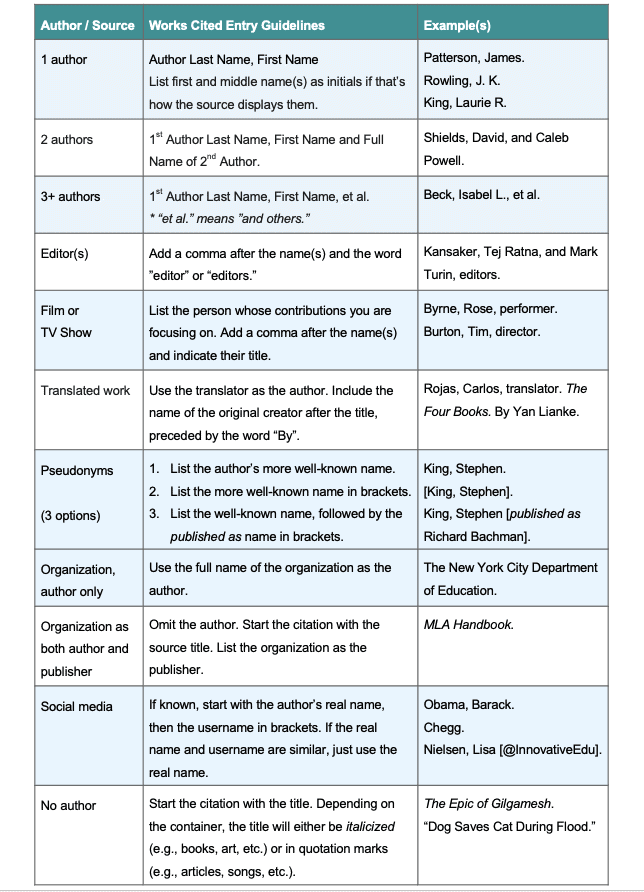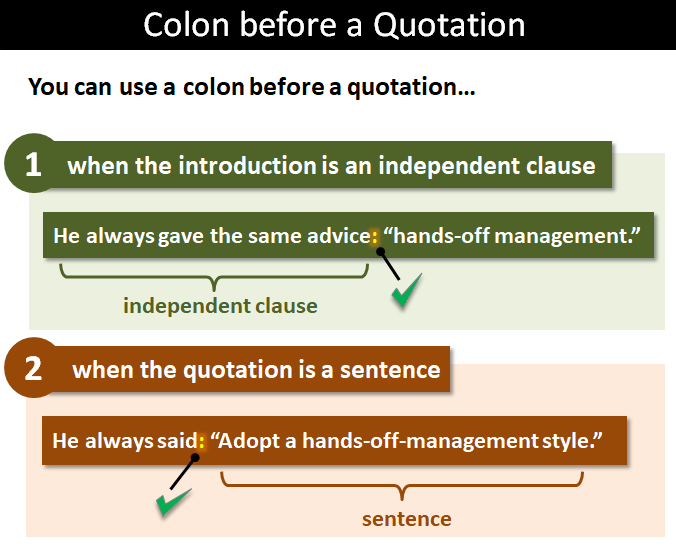

One of the easiest ways to introduce a quotation is to announce who the speaker or author is and to add a verb that describes the way in which the idea is expressed:Īs Truculent (2015) wrote, “The best part of the pizza is the crust” (p.

Quotations are categorized by the way they are introduced, and there are three different signal phrases. For example, you should mention titles mainly if they are directly relevant to your argument or if you are citing multiple works by the same author. 41).Īny other details should be saved for the final references list. You can also place all this information in the final parentheses:ĭrinking a can of coke has an immediate effect on the body: “Because you have just swallowed your entire daily intake of sugar, your liver goes into overdrive and turns sugar into fat” (Sindhu, 2011, p. Most of the time you need mention only the author, the date of publication, and the page or line number. You’ll notice that this passage is not crammed full of bibliographic information. Most quotations share the following details. Now that we know the three basic parts of a quotation we can zoom in a little more. When citing multiple pages, use the abbreviation pp. If it’s quite long then it may have to be formatted differently as a block quotation.Īs for the citation, in this guide we will be using parentheses, but you could use footnotes or endnotes if you’re not following APA conventions. The signal phrase consists of your own words that signal to the reader that there’s a quotation coming. In academic writing, nearly every quotation is made up of three parts: a signal phrase, the quote itself, and some kind of citation:Įxample: As Kurt Ramble (2006) argued, “Urban farming should be incorporated in the elementary school curriculum” (p. Quotations are normally reserved for definitions, to capture an author’s apt phrasing, or to interact with the specific wording of the source ( Publication Manual of the American Psychological Association, 8.25). Note that APA papers tend to include few direct quotations, as paraphrasing is the preferred method of citing sources. On this page we’ll cover the basics of integrating quotations. Quoting is not just about referencing a few lines of text that seem vaguely relevant. In fact, being able to integrate quotations will give you the confidence to interact with the ideas of others, to be part of a larger discussion. That’s why learning the rules is time well spent. Whereas in ordinary speech we easily introduce the words of others ( he said she was like), it somehow seems more difficult in writing. If you want to see dramatic improvement in your writing, then focus on integrating quotations.


 0 kommentar(er)
0 kommentar(er)
